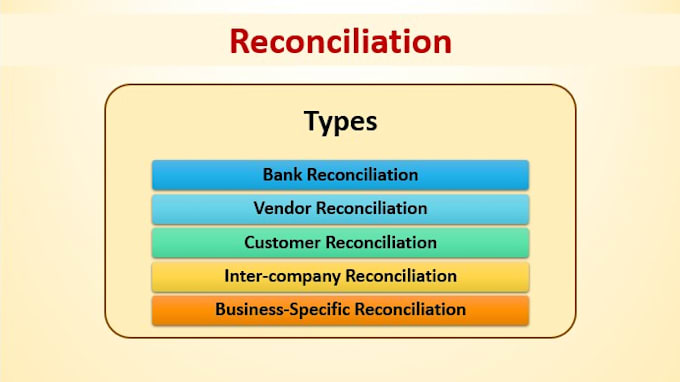Your Step-by-Step Guide to Launching a Successful Home-Based Catering Business
Introduction
For passionate cooks and entrepreneurs, launching a home-based catering business offers an exciting opportunity to combine culinary creativity with business ownership. This guide delivers a step-by-step roadmap, from meeting legal requirements to building your brand, ensuring you have the tools, knowledge, and actionable steps to turn your home kitchen into a revenue-generating enterprise.
Understanding Legal Requirements
Compliance with local, state, and federal laws is crucial to operating a legitimate and successful catering business from home. Start by researching your state’s cottage food laws or home-based food business regulations. These laws determine what foods you can prepare at home and the conditions you must meet.
Most states require you to:
- Register your business with your state or local government. Choose a business structure (e.g., sole proprietorship, LLC, or S-corporation) based on liability and tax preferences. Consult a legal or tax advisor for guidance [1] , [2] .
- Obtain an Employer Identification Number (EIN) from the IRS if you plan to hire employees or open a business bank account [1] .
- Secure the necessary licenses and permits , such as food handler’s permits, business licenses, and liability insurance. Requirements vary widely, so contact your local health department for specific forms and inspections [3] , [4] .
Tip: In some states, you may be required to use a commercial kitchen or renovate your home kitchen to meet health codes. Always verify with your local health department, as some regions prohibit home-based catering without commercial-grade facilities [5] .
Crafting Your Business Plan
A strong business plan clarifies your goals, defines your target market, and outlines your path to profitability. Your business plan should cover:
- Executive Summary: Brief overview of your business, mission, and what sets you apart.
- Company Description: Details on your services, location, and facility.
- Products and Services: Types of cuisine, sample menus, pricing strategies, and catering packages.
- Market Analysis: Research on local competitors, target customers, and demand for specific cuisines or events.
- Marketing and Sales Plan: Strategies to attract clients, such as social media marketing, partnerships with local event venues, and community involvement.
- Financial Projections: Estimated startup costs, ongoing expenses, and revenue forecasts. Startup costs typically range from $3,500 to $10,000, depending on your region and scale of operations [1] .
Documenting these elements not only clarifies your vision but also helps when seeking loans or partnerships.

Source: stock.adobe.com
Setting Up Your Catering Kitchen
Creating a safe, efficient work environment is essential. Begin by assessing your home kitchen’s suitability:
- Equipment: Invest in commercial-grade cookware, food storage containers, and temperature control devices. Many caterers start with existing equipment, expanding as their business grows.
- Food Safety: Keep raw and cooked foods separate to avoid cross-contamination. Sanitize surfaces regularly, and maintain proper food storage temperatures.
- Alternative Preparation Spaces: If your home kitchen isn’t approved, consider renting a certified commercial kitchen or partnering with local restaurants for off-hours access [5] .
Real-World Example: Many successful home-based caterers begin with small-scale events, such as family gatherings or community functions. They start with the basics, reinvest profits, and gradually upgrade their kitchen as demand grows.
Menu Development and Pricing
Develop a menu that reflects your culinary strengths and appeals to your target clients. Keep in mind:
- Specialization: Offering a niche cuisine or focusing on specific event types can set you apart in a competitive market.
- Menu Testing: Host tasting events or supply sample platters to local businesses and event planners for feedback.
- Pricing: Calculate ingredient costs, labor, transportation, and overhead. Research local competitors to ensure your pricing is competitive yet profitable.
Alternative Approach: Consider offering customizable menus or themed packages for corporate events, weddings, or seasonal celebrations to attract a broader client base.
Marketing and Lead Generation
A strong marketing strategy is key to building a steady stream of clients. Recommended approaches include:
- Building an Online Presence: Create a professional website with sample menus, testimonials, and clear contact information. Use social media platforms to showcase your food, special offers, and behind-the-scenes content.
- Networking: Partner with local event planners, florists, and venues to cross-promote services. Attend community events and food festivals to build word-of-mouth referrals.
- Local Advertising: List your business on reputable online directories and leverage community boards, newsletters, and local publications. Request that satisfied clients leave reviews on popular platforms.
- Lead Generation: Utilize free tools like Google My Business to enhance your local visibility and attract new inquiries [5] .
Case Study: Many home-based caterers find early success by offering introductory discounts or partnering with non-profit events, which help build a portfolio and generate initial leads.

Source: animalia-life.club
Managing Operations and Growth
Efficient operations are key to delivering consistent quality and scaling your business:
- Scheduling: Use digital calendars and catering management software to track orders, deadlines, and client preferences.
- Inventory Management: Implement systems to monitor ingredient supplies, minimize waste, and ensure timely restocking.
- Customer Service: Respond promptly to inquiries, provide clear proposals, and ensure transparent communication throughout the planning process.
- Scaling Up: As demand grows, consider hiring part-time help, investing in delivery vehicles, or expanding into new markets such as meal prep services or corporate catering.
Potential Challenges: Balancing food production, delivery logistics, and client management can be demanding. Solutions include batch cooking, outsourcing delivery, or automating administrative tasks through software.
Financing and Budgeting
Startup costs for a home-based catering business can vary but typically range between $3,500 and $10,000, depending on equipment needs, licensing, and initial marketing efforts [1] . To fund your venture:
- Personal Savings: Many entrepreneurs bootstrap their catering startups by reinvesting early profits.
- Small Business Loans: Research local banks or credit unions for small business loan programs. You can also contact the U.S. Small Business Administration for guidance on loan options and business planning resources.
- Grants: Some local governments and non-profits offer grants or microloans for food entrepreneurs. Search for “small business grants for food service” in your area.
Guidance: Always create a detailed budget, including both fixed and variable costs, to maintain financial health and plan for growth.
Conclusion: Taking the First Steps
Launching a home-based catering business is a rewarding journey that combines culinary passion with entrepreneurial drive. By following legal requirements, developing a clear business plan, and building a strong marketing foundation, you can position yourself for sustainable success. Start small, focus on exceptional service, and grow your business at a pace that suits your goals and resources.
References
- [1] RestroWorks (2025). Start Your Catering Business from Home: A Complete Guide.
- [2] Auguste Escoffier School of Culinary Arts (2021). The Ultimate Guide to Starting a Home-Based Catering Business.
- [3] Pay.com (2024). How to Start a Catering Business from Home in 10 Steps.
- [4] Paytronix (2025). How to Start a Catering Business from Home: 7 Essentials.
- [5] YouTube (2023). How To Start a Catering Business from Home.



